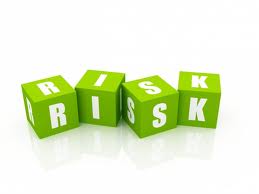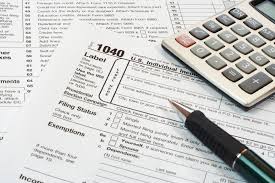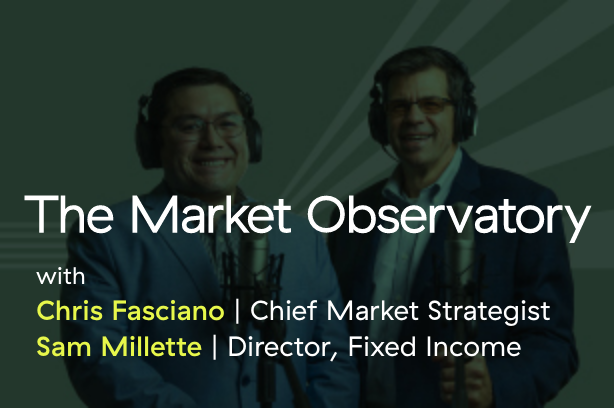One of the major topics of discussion about the stock market is whether we are in, or at least at the start of, a bubble. “Yes, look at the valuations!” cry some. “No, look at the valuations!” cry others. How could we tell?
The first thing we need is a definition of a bubble. The classic one is for values to increase well beyond what the fundamentals justify, but this runs into a problem with the terms “fundamentals” and “justify.” Wall Street (or any business, really) has a nasty habit of asserting, like Dr. Pangloss, that we live in the best of all possible worlds, and of inventing reasons why current prices, whatever they may be, are actually reasonable, if not cheap. So let’s sidestep that discussion.












